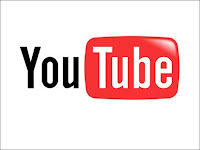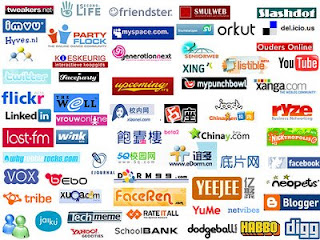The YouTube Advertising Steam Train – YouTube Live, Adsense, Overlay ads, Sponsered videos and size!
 Since YouTube officially launched in December 2005, it has attracted users at a meteoric rate. YouTube receives 71 million unique users each month and has the 6th largest audience on the Internet. No longer is Online Video the future, it's the present: 75% of Americans watched a video online last month. With YouTube usage still high, Google have been working hard to increase the advertising opportunities and trying to increase the overall experience of the site. Therefore this month has resulted in YouTube unveiling a host of new advertising methods for advertisers:
Since YouTube officially launched in December 2005, it has attracted users at a meteoric rate. YouTube receives 71 million unique users each month and has the 6th largest audience on the Internet. No longer is Online Video the future, it's the present: 75% of Americans watched a video online last month. With YouTube usage still high, Google have been working hard to increase the advertising opportunities and trying to increase the overall experience of the site. Therefore this month has resulted in YouTube unveiling a host of new advertising methods for advertisers:YouTube Live:
It was only a matter of time before YouTube introduced live streaming/webcasting and on November 22nd YouTube hosted its first ever live event, the event featured a range of performers whose videos on YouTube had gain more then 2.5 million views each. With this being the first of many live events YouTube has in store, how long before sponsorship opportunity for these live events becomes an option?
YouTube Adsense:
When searching the site users will now be greeted with video advertisements similar to those produced by Google AdSense. YouTube searches now produce "sponsored links" on the right side of the screen alongside unpaid results on the left.
Increase of Professional Content:
YouTube announced a deal with MGM studio's to show full-length television shows on the site. Where this will bring a lot of money in for YouTube is that advertisers will be trying to outbid each other for the advertising space next to these videos. Through increasing the amount of professional content on the site, they are aiming to increase the amount of advertising by double. YouTube has struck similar deals with CBS and Lionsgate, so one would presume YouTube advertising isn’t as popular as Google had hoped and sees this as a way to increase this. When YouTube first launched its Advertising schemes advertisers were reluctant to use this channel due to a concern regarding the site consists mostly of amateur videos, and companies didn’t want to risk damaging their brand by being associated with these.
YouTube announced a deal with MGM studio's to show full-length television shows on the site. Where this will bring a lot of money in for YouTube is that advertisers will be trying to outbid each other for the advertising space next to these videos. Through increasing the amount of professional content on the site, they are aiming to increase the amount of advertising by double. YouTube has struck similar deals with CBS and Lionsgate, so one would presume YouTube advertising isn’t as popular as Google had hoped and sees this as a way to increase this. When YouTube first launched its Advertising schemes advertisers were reluctant to use this channel due to a concern regarding the site consists mostly of amateur videos, and companies didn’t want to risk damaging their brand by being associated with these.
YouTube Overlay ads:
YouTube will also now begin running overlay ads in YouTube partner videos that live on other sites. This means that no matter where a YouTube video is embedded, it can contain an ad and earn revenue for YouTube partners.
YouTube sponsored videos:
YouTube Sponsored Videos allows anyone to promote their videos on the search results page. Bidding on specific keywords will promote your video to the right-hand side of YouTube’s search results along with an image and some text. Again similar to Google Adwords. By being able to target YouTube videos, advertisers will be able to give the most visibility to their videos.
According to YouTube this was launched due to requests of businesses. Of course one would presume that due to YouTube being ranked as one of the top five search engines this had a great deal to do with this. But it seems that this no longer is the case as its hard to find a video that doesn’t have a sponsored link on the right hand side.
Size does matter:
YouTube Today also announced another change – the size of their video player. They have expanded the width of the page to 960 pixels to increase the quality of the videos. A new wider player is in a widescreen aspect ratio which is hoped to provide a more powerful viewing experience.
YouTube Today also announced another change – the size of their video player. They have expanded the width of the page to 960 pixels to increase the quality of the videos. A new wider player is in a widescreen aspect ratio which is hoped to provide a more powerful viewing experience.
For more information on YouTube advertising check out this link, http://uk.youtube.com/t/advertising Also please note that only some of the YouTube Advertising channels are currently only available in the U.S.A.
Read more...
 Social networking is having a significant effect on the way that consumers now search for information about products and services they wish to buy. Consequently, this has huge implications for the marketing strategies of firms.
Social networking is having a significant effect on the way that consumers now search for information about products and services they wish to buy. Consequently, this has huge implications for the marketing strategies of firms.